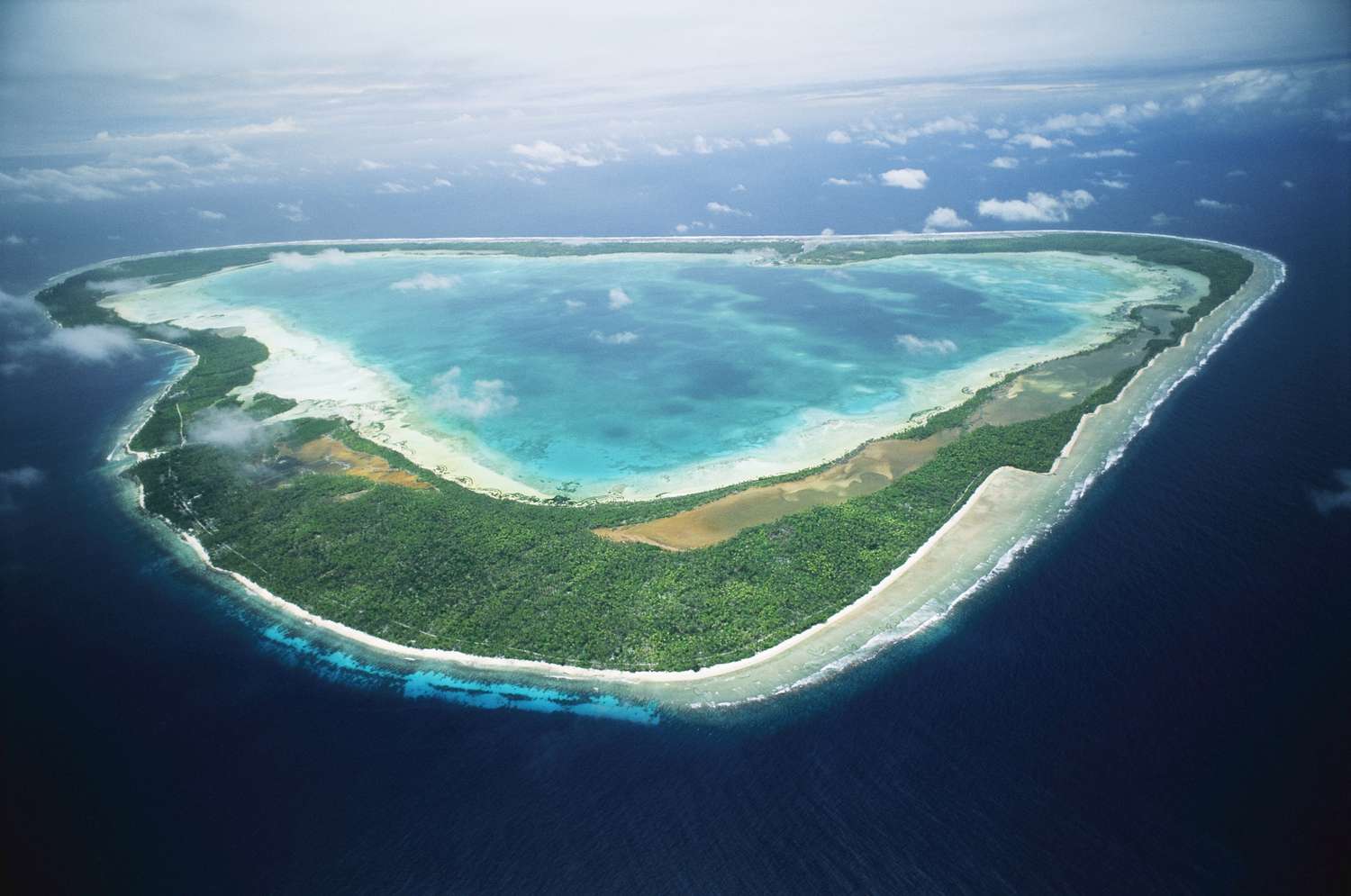movingstarvoices.org – Kiribati, a nation spread across the central Pacific Ocean, is a unique archipelago that spans over 3.5 million square kilometers of ocean. Its geography is characterized by a diverse array of islands, atolls, and coral reefs, each with its own distinct features and ecosystems. This article explores the geography of Kiribati, highlighting the natural beauty and complexity of its island formations.
The Islands of Kiribati
Kiribati is composed of 32 atolls and one solitary island, Banaba. These islands are grouped into three main island chains: the Gilbert Islands, the Phoenix Islands, and the Line Islands. The Gilbert Islands are the most populous and include the capital, Tarawa, which is a semi-urbanized atoll with a growing population.
Atolls: The Heart of Kiribati
Atolls are a dominant feature of Kiribati’s geography. An atoll is a ring-shaped coral reef, including a coral rim that encircles a lagoon. Most of Kiribati’s atolls are low-lying, with the highest point being only about 8 meters above sea level. This makes the nation particularly vulnerable to the impacts of climate change, such as rising sea levels and storm surges.
Coral Reefs: Biodiversity Hotspots
Kiribati’s coral reefs are among the most diverse in the world, supporting a rich array of marine life. These reefs provide essential habitats for fish, invertebrates, and algae, contributing to the country’s status as a critical area for biodiversity conservation. The Phoenix Islands Protected Area (PIPA), a UNESCO World Heritage site, is one of the largest marine protected areas on the planet and is a testament to Kiribati’s commitment to preserving its marine environment.
The Challenge of Climate Change
The geography of Kiribati is not without its challenges. The nation is on the front lines of climate change, facing threats such as erosion, saltwater intrusion, and the loss of arable land. Kiribati’s government and its people are actively seeking ways to adapt to these changes, including initiatives to protect and restore coral reefs and to develop sustainable infrastructure.
Conclusion
The geography of Kiribati is a testament to the beauty and fragility of island ecosystems. From its atolls and coral reefs to its diverse marine life, Kiribati is a unique nation that faces the complex challenges of climate change with resilience and innovation. As the world continues to grapple with the impacts of climate change, Kiribati serves as a critical case study in the fight to preserve island environments for future generations.
